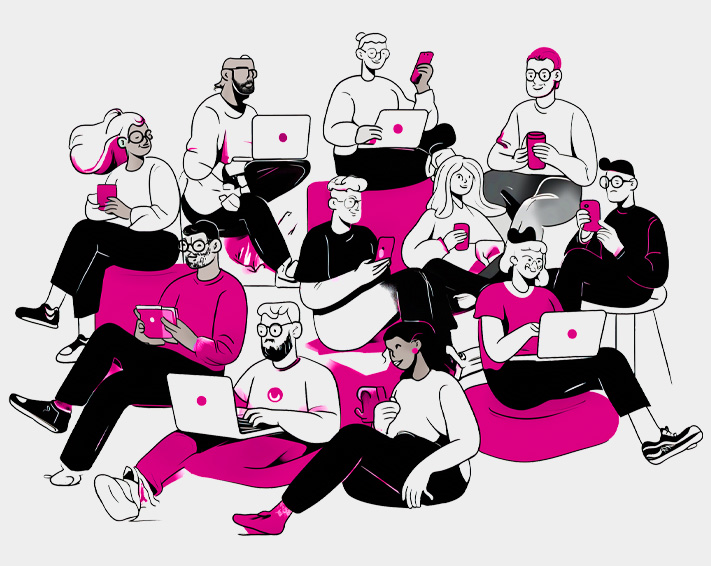What was once a niche performance art of content creation for a curated audience has now become an economic default in the marketing world.
$24 billion industry, once made of a close circle, is seeing a massive explosion of lifestyle creators, entrepreneurs turned LinkedIn thought leaders, explorers of the world on youtube to mental health coaches. Everyone got a mic, a ring light, and a free account to upload. Everyone is chasing influence: the skincare reps, the self-help coach, the fitness enthusiast, the world explorers, even your neighbourhood cat with a GoPro. But with this flood of influence flooding every scroll, every swipe, and every stream, one question starts to echo louder than the brand taglines or jingles: If everyone is influencing, who exactly is being influenced?
Rising economy of influencers in every corner: The Oversaturated Market-
Celebrities or famous internet names are not the influencers anymore. There’s a new team of mega, micro, macro, nano… who knows, one day, quantum influencers will join the circle.
With brands allocating 40% of their marketing budget for influencers, Influence, it seems, has gone from being a cultural phenomenon to an economic default.
As a marketing agency, the influencer landscape feels like an overcrowded street bazaar, same clothes in different colours, prices, stories, and sellers, just in a different setup. There’s an undeniably long list of influencers now: by city, by category, by language, by subculture. And in this blur, nobody looks like an influencer anymore—because everyone is one. No one stands out. And worse, no one is listening.
The Overstimulated Audience-
As the number of influencers grows, so does the influence appear to shrink.
Brands know they have to pay influencers to showcase the brand, influencers know they’ll get paid to talk about brands, and the audience? They know it’s all paid for, every ‘favourite product’, every ‘must-have’, every ‘authentic moment’. Sure, there are genuine voices, but the ratio of real to scripted doesn’t match the ratio of trust to expectation. Yet, they watch it. They engage with it. Somewhere, more than the trust, it’s the familiarity, repetition, and the need for validation.
That’s where the illusion of authenticity plays a major role.
Brand’s thought audience is gullible, instead, the audience is part of the game too. A combined theatre act, where everyone is playing their role: audience – the engager, influencer – the recommender, marketer – the narrator, and brands – the producer.
Influencers influence brands, brands influence influencers, and audiences influence both.
It’s no longer a one-way channel.
So, Who’s Really Being Influenced?
Maybe no one. Maybe everyone.
Maybe influence today is not about shifting behaviour, but validating the choices already made.
And more importantly, for the long-term sustainability of brands, is this a game worth playing forever?
Maybe the next big influence… will be choosing not to influence at all.

